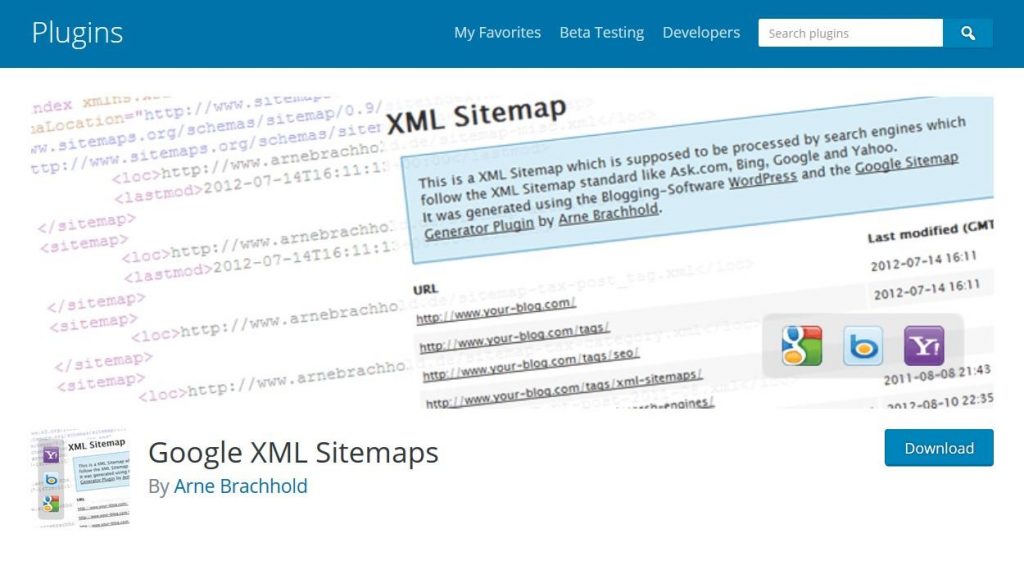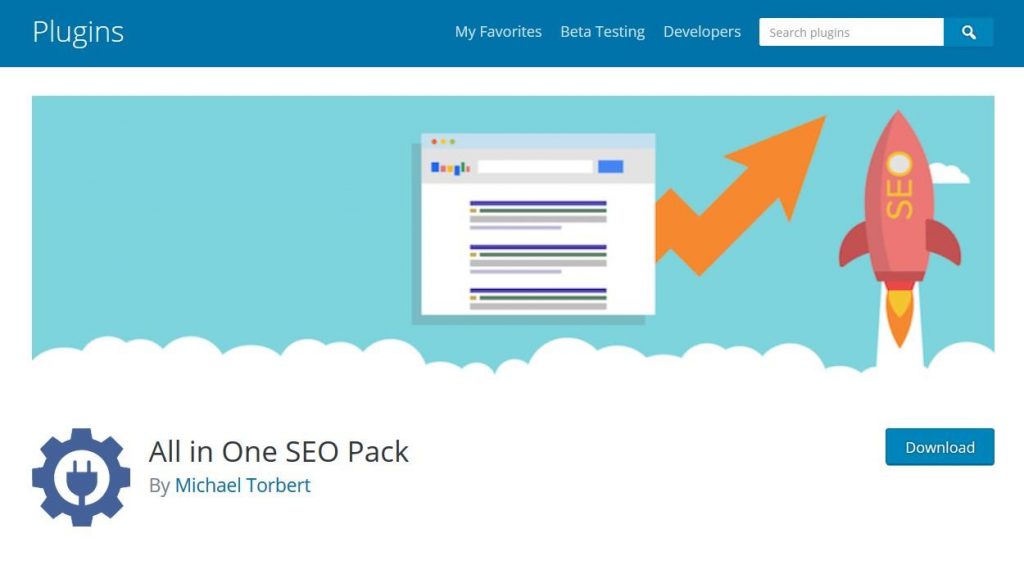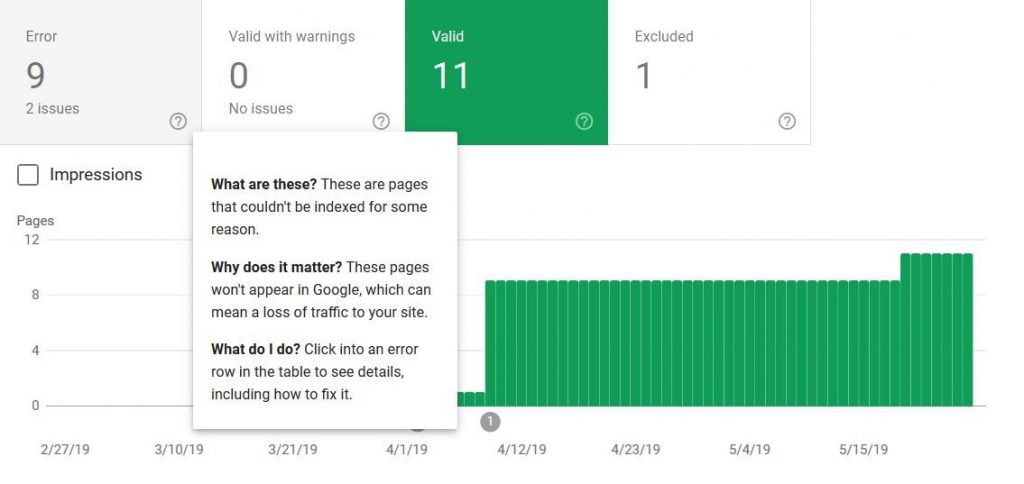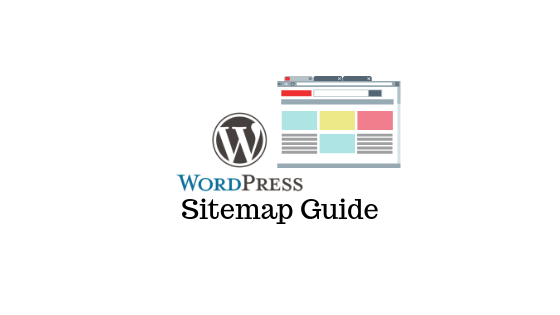Last updated - July 8, 2021
The main purpose of Search Engine Optimization (SEO) is to improve content so that you can get higher rankings in search engines. However, the first thing you should do is to make sure that Google will find your content. Here’s where WordPress sitemaps come in handy. They help Google index your content, which is very important.
A sitemap is a file that you can add to your website. This file contains information on your posts and pages. Simply put, it serves as a brief summary of your website for search engine bots. You can create a sitemap in just a few minutes, and its benefits for SEO are hard to overestimate.
What You Should Know About WordPress Sitemaps
An XML sitemap is a list of publicly available URLs. Therefore, its function is similar to that of the robots.txt file, which helps Google and other search engines understand what your website is about by presenting a map of the content. Along with a list of URLs, you can also include different types of metadata in your sitemap to help search engines index your site in the future. “For example, you can provide information on when a page was modified, how often it will change, and what priority you want for your page in search engines. However, the latter option doesn’t mean that search engines will necessarily follow this,” explains Sarah Brown, an SEO expert at College-Writers.
To work well, search engines need to know what keywords are relevant to your website. They must also decide where to place it in search results. Search bots, such as Googlebot, explore (“crawl”) your content, and you can help them if you add an XML sitemap. A sitemap reflects the hierarchy and structure of your website, demonstrating the relationship between the most important pages. A sitemap also makes search bots more likely to see all of the pages.


As you can see, sitemaps are quite useful and have a positive impact on your SEO strategy. Sitemaps are especially important for large websites that have many pages and a lot of media but don’t contain many internal links. However, a sitemap will be a good addition to any website. Moreover, creating a sitemap is very easy because you can use one of the WordPress sitemap plugins. Just make sure that you don’t have more than one sitemap because, otherwise, search bots might be confused. Therefore, check if any of your current plugins has generated a sitemap already. Here are some good sitemap plugins for WordPress:
Google XML Sitemaps


This plugin will help you generate a sitemap that will work with numerous search engines, including Google, Bing, Ask, and Yahoo. This plugin automatically sends notifications to search engines when you add new content. Just install the plugin, activate it, and the sitemap will be generated automatically.
Yoast SEO Plugin


This is, probably, the most popular plugin that not only generates sitemaps but also can help you with many other aspects of SEO. For example, it determines the keyword density, analyzes H1 and H2 tags, and helps with improving readability. Install the plugin, go to SEO -> Features, and enable the “Advanced settings page” feature. After this, the “XML Sitemaps” feature will appear in the “SEO” menu. There are many settings, but you will need to adjust them only if you want to exclude certain pages or to limit entries per sitemap.
All in One SEO Pack


This is another popular SEO plugin that creates sitemaps, generates tags, informs search engines about your updates, and optimizes titles. Install the plugin, go to All in One SEO -> Feature Manager, and activate the “XML Sitemaps” feature. In the new “XML Sitemaps” menu, you can customize your sitemap, set a schedule for updates, enable or disable indexes, and select post types that will be included in the sitemap.
Tips & Tricks to Boost Your SEO with WordPress Sitemaps
Here are a few tips and tricks to boost your SEO.
1. Only include relevant pages
A sitemap is a list of pages that you want to be crawled by search bots. However, it doesn’t mean that you should include all of your pages in it. When you include pages in a sitemap, search bots understand that these pages are more important than others, focusing on them. We recommend that you only include SEO-relevant pages and exclude duplicates, archive pages, replies to comments, redirections, search result pages, utility pages (privacy policy, contact us, etc.), pages with no index, and so on.
2. Use tags
Google doesn’t treat your website as a single entity but considers all the pages separately. Therefore, we recommend that you inform search bots about what pages on your website are most important. For example, you can prioritize your “About Us” or “Products” page by adding the <priority> tag to the sitemap. This tag also has its value, which is 0.5 by default. You can assign a priority value between 0.0 and 1.0 to every page to provide bots with even more structured understanding of your website.
You can also add the <lastmod> tag to let the bots know when a certain page was last modified. The <changefreq> tag can show how frequently a particular page will change.
3. Analyze sitemap reporting
The Google Search Console includes a lot of valuable data. The most interesting section for SEO experts is the Index Coverage report.


Here you can check indexation trends, address errors and “Valid with warning” issues, and compare your sitemap to a list of pages indexed by Google. Sometimes, Google may have a different opinion on what pages are valuable. If it has indexed duplicated pages or pages that are unnecessary for your SEO strategy, you can fix these issues. You can also select “All submitted pages” in the dropdown menu and check excluded pages. There are several reasons for exclusion, which can be separated into four groups:
- Redirects, duplicate content, robots directives, canonicals, etc.
- “Crawl anomaly” and “Submitted URL dropped” — we recommend that you investigate a problem using Fetch as Google.
- “Crawled – currently not indexed” — in this case, we recommend that you improve these pages because their content might be unoriginal.
- “Discovered – currently not indexed” — most often, Google explains the reason as the overloaded site. However, the real reason might be poor internal linking or poor quality of your content.
Conclusion
If you want your website to have high rankings in search engines, you can help search bots index it. A sitemap helps bots navigate through your pages, understanding which ones are the most valuable, relevant, and important. Creating a sitemap for a WordPress website is an easy task, in fact, you only need to install the right plugin. You can also add various tags to provide search bots with more detailed information. Sitemap reporting allows you to get many actionable insights into indexation. It can also help you detect problems and improve your pages to get the best SEO results.











